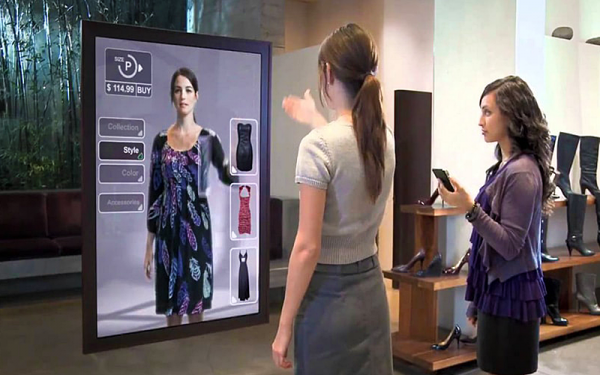by Donna Mather, Account Manager, AURES UK
One of the most frequent compliments we get about our EPOS terminals is how easy they are to use. As well as ease of set up – everything you need to run a cutting-edge point of sale platform is right there, all in one unit – end users love the intuitive controls and the fact that staff quickly pick up how to use them without much training.
Touchscreen technology has had a big role to play in this. In fact, it wouldn’t be too much of a stretch to say that touchscreens have revolutionised EPOS. A long way from punching in numbers on a small till screen, or having to navigate a mouse using click-and-drag as you try to serve a customer, touchscreens give sales staff seamless control, right there at your fingertips.
All AURES all-in-one terminals, kiosks, panels PCs and modular screens are now touchscreen. In addition, touchscreen technology has enabled a major new trend in point of sale equipment to emerge, with tablet-based M-POS terminals growing in popularity all the time. Touchscreens make it easier to navigate the increasingly sophisticated EPOS software platforms coming to market, plus the way they operate is nowadays very familiar to people from smartphones.
So, touchscreens have played a key role in helping EPOS evolve to deliver more powerful, feature rich solutions while making interfaces more straightforward to use. But what about future developments? Does touchscreen technology have any more to offer the development of EPOS?
From Touch to Touchless?
The direction of travel for all IT interfaces is to reduce friction, by which we mean making interactions with systems more fluid and responsive. The first touchscreens were viewed as better than a mouse because you pressed directly on the icon you wanted to use on a screen, simplifying the hand-eye coordination involved. The next generation of multi-touch screens improved on this by responding to touches in more than one place, paving the way for now commonplace actions like the swipe.
Continuing in this vein, some predict that the next frontier beyond touchscreens will be for no touch at all. Gesture interface technology combines advanced 3D camera mapping with sophisticated algorithms to interpret the movements of a person’s hand (or other parts of their body) and transforms them into computing actions. So, imagine flicking between screens with a waggle of your finger, or opening a cash drawer with a subtle ‘come hither’ motion. It sounds like science fiction, but development of the technology required is already at an advanced stage.
Another avenue of interest for the retail industry is the potential to turn virtually any surface into a functioning touchscreen. Touch walls are already finding their way into retail in the form of so-called infinite aisles, a way to overcome the restrictions of physical shelf space on merchandising opportunities by providing customers with an interactive digital catalogue. At the scale of a full wall, these can be designed to imitate life size clothes racks or full height rotating shelves.
The possible applications for this kind of technology are endless – interactive touchscreen mirrors in changing rooms so customers can reserve an item or look at alternatives as they try on a garment, smart mini-screens embedded in shelves that provide a virtual assistant to help customers with queries. In this way, touchscreens have the potential to transform not just EPOS, but the entire retail experience for customers.




